Providence Spring
Introduction
Text-to-speech Audio
Images
Providence Spring with Women of the Woman's Relief Corps
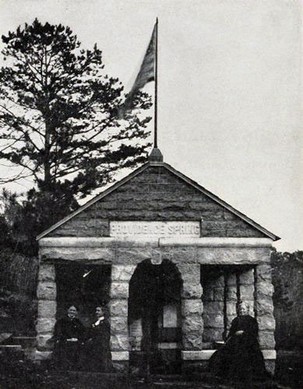
View of the Interior of the Prison with the quagmire
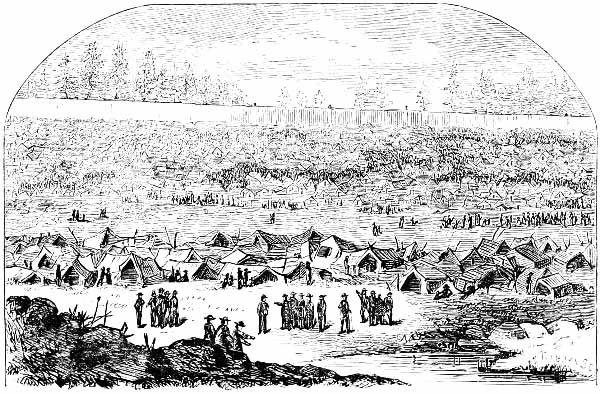
Stockade bursted by a flood which opened the wonderful “Providence Spring”
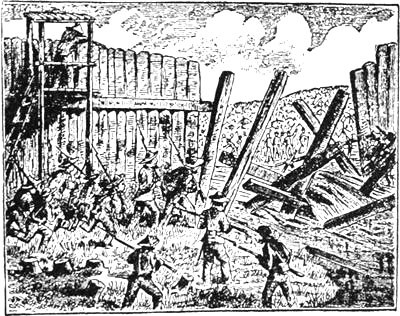
Output of Providence Spring today
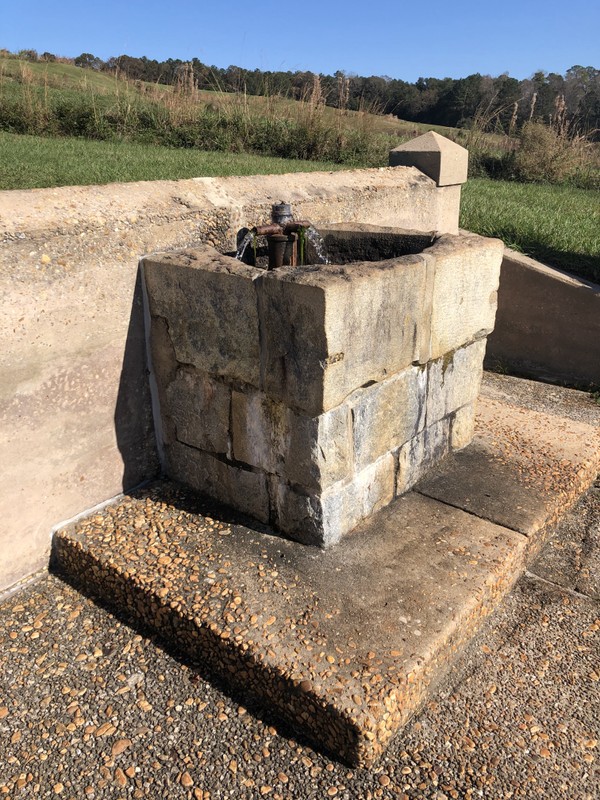
Where Providence Spring meets the creek.
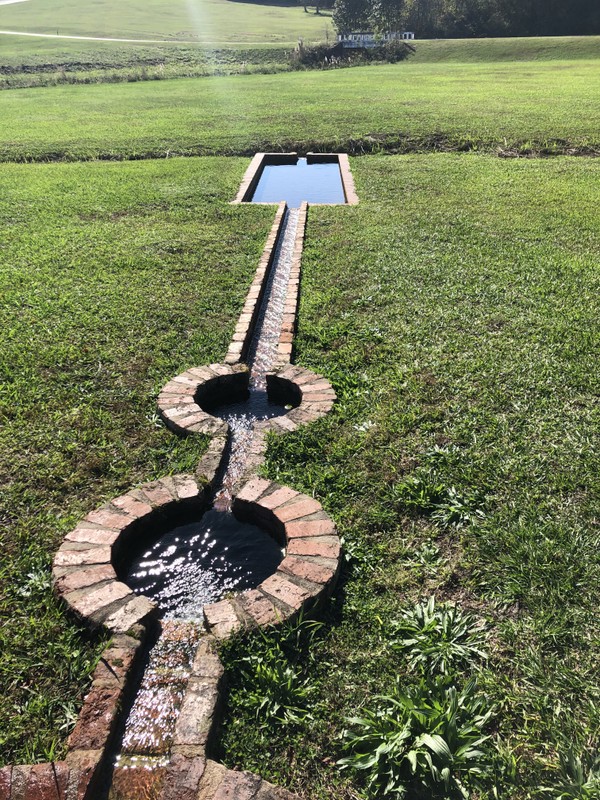
NPS Signage for Providence Spring
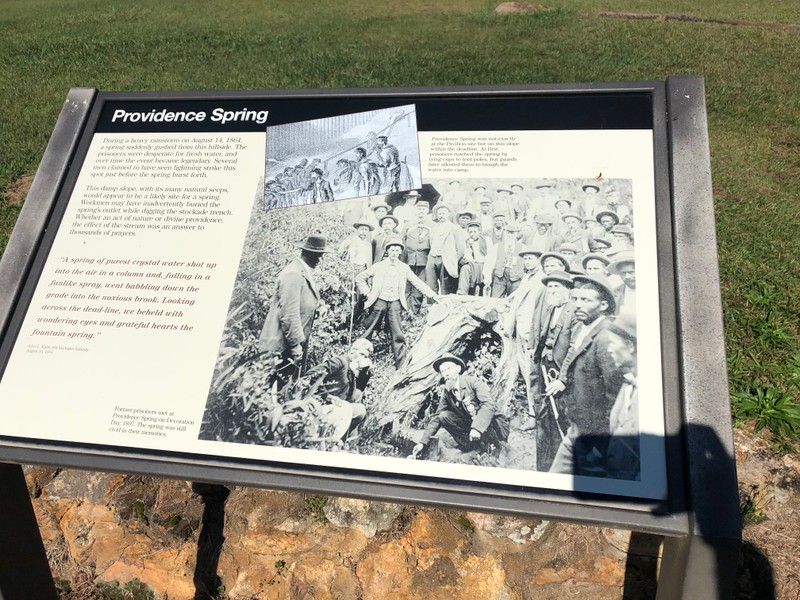
Providence Spring today
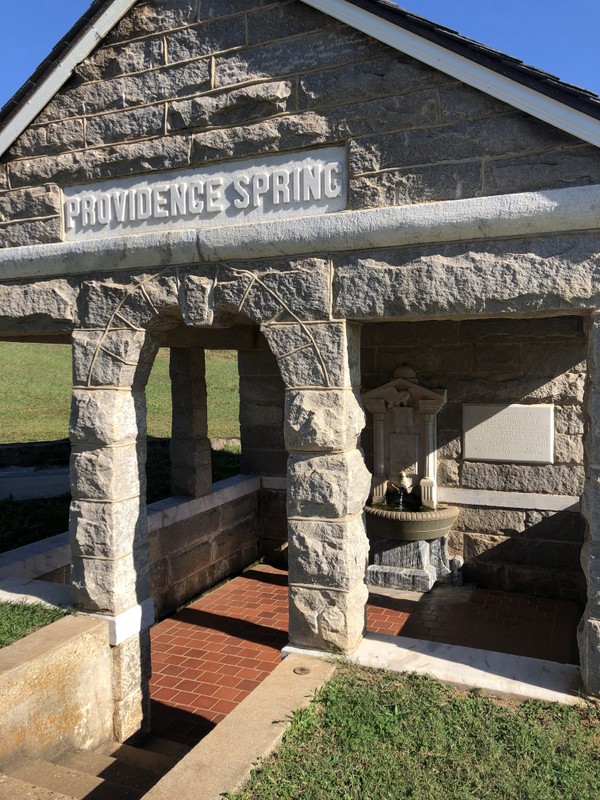
Backstory and Context
Author-Uploaded Audio
Audio describing the water situation within the prison camp. Jennifer Hopkins, Park Guide. GPB Education, March 6, 2019. https://youtu.be/X4KkT1ySFQY
Text-to-speech Audio
Inside Camp Sumter (the official name for the prison camp) soldiers boiled under the hot summer sun and shivered in cold winter months. Throughout the existence of the camp, as overcrowding led to increasing starvation, dehydration, and spread of disease, soldiers competed for water. Within the camp the small stream that flowed just past the North gate served as the primary water source. Soldiers such as John Maile of Company F, Eighth Regiment Michigan Volunteer Infantry described the camp site:
“If the food supply of Andersonville was bad, the water supply was worse…the surface of the interior [of the camp] consisted of two hillside, sloping respectively north and south towards the center which was occupied by a swamp of nearly four acres. This was traversed by a sluggish creek which was some five feet wide and six inches deep.”[1]
Maile and fellow prisoners described the extreme pollution of this creek from the Confederate headquarters, camp cook-house and infantry, as well as from prisoners relieving themselves on higher ground above the stream. The water, “in its clearest condition, the color of amber.”[2] With only this primary source, a “terrible water famine” set in causing “insanity from thirst” and dreadful conditions.[3]
In August 1864, one of the hottest months of the year, an intense thunderstorm revealed the existence of a buried spring within the camp. John Maile remembered the furious deluge and the resulting events, writing,
“Immediately after this antiphonal outburst a voice was heard from the north gate, ringing out in clear tones the thrilling words, “A spring! A spring! A spring has broken out!”…The excitement of the moment was indescribable…and there, just below the north gate, at the point where the earth had been most deeply excavated…the bottom of the trench was torn up some twenty inches, uncovering the vent of a spring of purest crystal water..looking across the dead-line, we beheld with wondering eyes and grateful hearts the fountain spring.”[4]
The spring became an important site of hope and remembrance for prisoners after the Civil War ended. Many Union survivors shared memories of this life-saving water source. By the 1880s, veterans were visiting the spring annually on Memorial Day, creating a new tradition to commemorate this life-giving water source. After Camp Sumter was preserved as a prison site, the Woman’s Relief Corps organized for the spring house to be built to cover the original site of the spring. The Providence Spring House opened and was dedicated on Memorial Day, 1901. The Woman’s Relief Corp organized the building the Providence Spring House to honor the Union soldiers who perished due to conditions within the camp. Through commemoration on Memorial Day “those who were once foes can clasp hands across the graves of their beloved dead,” remembering especially those at Andersonville prison. [5]
Sources
[1] John L. Maile, Prison Life in Andersonville, With Special Reference to the Opening of Providence Spring (Los Angeles: Grafton Publishing Company, 1912), 54. Project Gutenberg, accessed December 15, 2020. http://www.gutenberg.org/files/39584/39584-h/39584-h.htm#Page_53
[2] John L. Maile, Prison Life in Andersonville, 53.
[3] John L. Maile, Prison Life in Andersonville, 53.
[4] John L. Maile, Prison Life in Andersonville, 69.
[5] Woman’s Relief Corps, Journal of the Nineteenth Annual Convention of the Woman’s Relief Corps, Cleveland, Ohio 1901 v. 19 (Boston, Mass.: E. B. Stillings, 1896-1910), 59. Hathitrust, Accessed December 15, 2020, https://babel.hathitrust.org/cgi/pt?id=inu.30000117883524&view=1up&seq=59 and “Providence Spring House,” National Park Service, Andersonville Historic Site. Accessed December 15, 2020. https://www.nps.gov/ande/learn/historyculture/providence_spring.htm
John L. Maile, "Prison Life in Andersonville," page 65.
Augustus C. Hamlin, "Martyria," page 29.
John L. Maile, "Prison Life in Andersonville," page 71.
Personal photograph, Erin Del Giudice November 14, 2020
Personal Photograph, Erin Del Giudice Nov. 14, 2020
Personal Photograph, Erin Del Giudice Nov. 14, 2020
Personal Photograph, Erin Del Giudice Nov. 14, 2020
